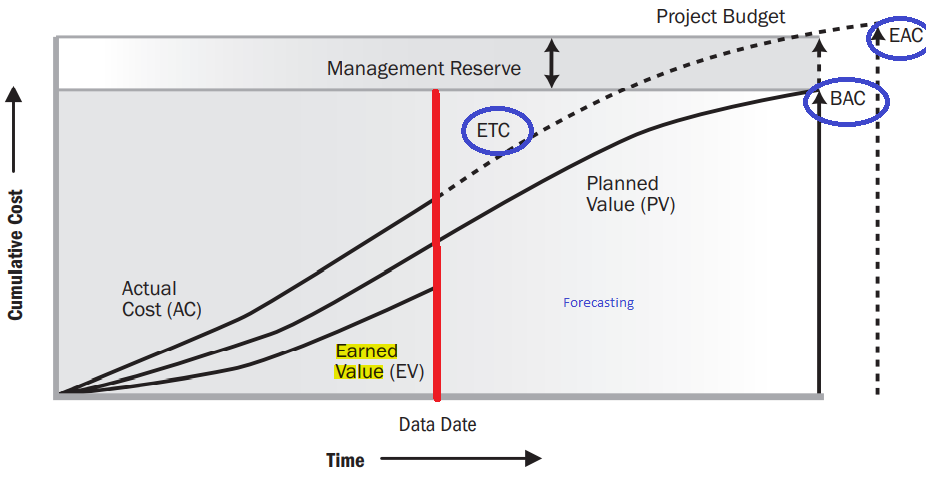With the innumerable opportunities to get diverted from what is relevant, I have seen many successful and not that successful organizations, teams and individuals working very hard on the irrevelant and getting buried there. The 80/20 principle or the Pareto Principle is for those who are willing to pause a while before jumping into action. Though many have written about Pareto principle and analysis before, I thought of writing this blog post for the benefit of many who plunge into action on irrelevant projects, indicators than on the relevant ones. There is time for everything, if we can prioritize, eliminate, delegate and decide on the mosr relevant work we ahould be doing.
Pareto Principle or the 80/20 Principle
The 80/20 principle or the Pareto Principle by Vilfredo Pareto in the year 1896 is the one which is always heard in all walks of life, time and again even after a century of its discovery. Last week I heard it in our senior management review when one of the senior managers used 80/20 to highlight the need to focus on the 20% of the customers contributing to 80% of the revenues. The use cases of 80:20 or the pareto principle is innumerable. Here are some;
- By eliminating 20% of the root causes we can eliminate 80% of the defects in a product
- 20% of the customers contribute to 80% of the revenue. It makes sense to focus on this 20% of the customers.
- 80% of the customers uses 20% of the features of the products. The remaining 80% of the features are used only by 20% of the customers.
- By focusing on 20% of the project health indicators proactively, 80% of the problems can be eliminated / prevented.
- 20% of unhealthy practices contribute to 80% of the productivity loss. By controlling this 20% percentage of unhealthy practices, productivity can be improved phenominally.
- 20% of the workforce does 80% of the work. Remaining 80% does only 20% of the work
- 20% of the work we do produces 80% of the results. The remaining 80% of the work produces only 20% of the results.
- During 20% of our worktime, we complete 80% of our work. During the remaining 80% of our work time, we complete only 20% of work.
- Only 20% of the projects yield the desired results, 80% of the projects do not yield desired results.
Pareto analysis
Here are the steps involved in performing Pareto Analysis;
- Identify the probable rootcauses – The best ways to do this is to brainstorm with the team to identify potential rootcauses leading to the situation. Ishikawa diagram or the Fishbone diagram can help to do structured brainstorming to arrive at the potential root causes.
- Frequency of occurrence – With the help of data, identify how many times each rootcause occurred, resulting in the outcome.
- Order on frequency – List the root causes based on the frequency of their occurrenece (in the descending order)
- Prioritize and take action – Identify the 20% of root causes contributing to the 80% of occurrences. By controlling these 20% of the root causes, 80% of the problems can be eliminated.
80/20 at a personal level
Can be effectively used at a personal level to;
- Eliminate unproductive activities
- Focus on strengths
- Finding time to work on Important and not urgent projects




